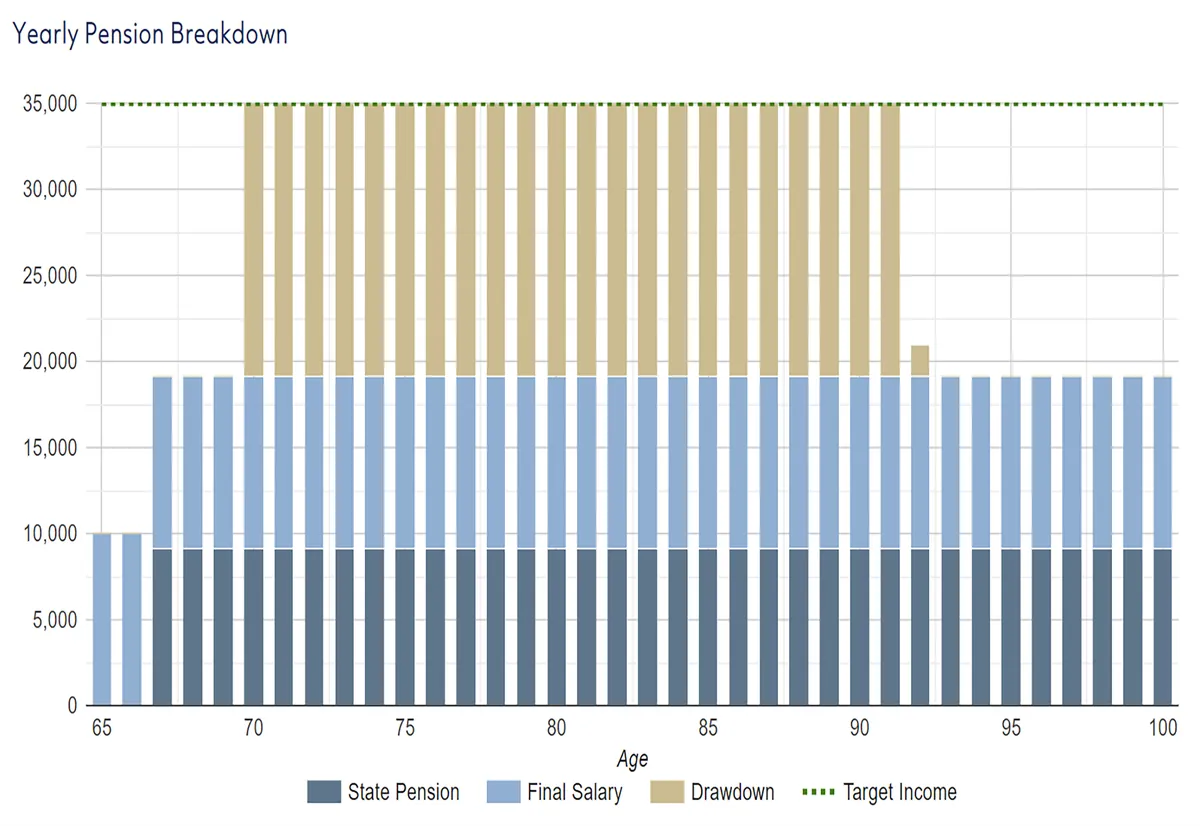Labour's potential pension tax relief overhaul could significantly impact retirement savings across income brackets, according to recent analysis. The proposed flat 30% rate, under consideration by Chancellor Rachel Reeves for the upcoming Budget, aims to reshape the current system that has been in place since 1921.
The existing structure, one of the world's most generous, costs the UK government approximately £40 billion annually. Under this system, tax relief on pension contributions aligns with marginal income tax rates: 20% for basic-rate, 40% for higher-rate, and 45% for additional-rate taxpayers.
Wealth manager Quilter's calculations reveal contrasting outcomes for different earners:
Higher-rate taxpayers:
- Potential loss of £83,506 over a 40-year career
- Pension pot reduction from £794,984 to £711,477 (10% decrease)
Basic-rate taxpayers:
- Potential gain of £27,807
- Pension pot increase from £288,090 to £315,897 (10% increase)
These projections assume consistent tax brackets, 2% annual wage growth, combined 8% pension contributions, and 4% annual pot growth net of fees.
The proposed change could generate £2.7 billion for the government, significantly less than the £15 billion potentially raised by capping relief at the basic rate of 20%. However, the Institute for Fiscal Studies (IFS) has cautioned against adopting this "superficially appealing" policy.
Ian Cook of Quilter Cheviot highlighted the complexity of implementing a flat rate system: "Transitioning to a flat rate system would fundamentally alter how tax relief is applied. The mechanics of salary sacrifice would need adjustments, and all pension contributions, including employer ones, would need to be standardized."
This potential reform comes amidst ongoing changes in the UK pension landscape. The state pension age is set to increase to 67 between 2026 and 2028, and the government plans to raise the normal minimum pension age from 55 to 57 in 2028. These adjustments reflect the evolving nature of retirement planning in the UK, which has seen significant reforms since the introduction of the first state pension in 1908.
The UK's pension system, currently ranking 9th globally in the Mercer CFA Institute Global Pension Index, has undergone numerous changes in recent years. Notable reforms include the introduction of auto-enrollment in workplace pensions in 2012 and the "pension freedoms" policy in 2015, allowing more flexible access to pension savings.
As the debate continues, it's worth noting that the average UK pension pot at retirement was around £61,897 in 2019, highlighting the importance of effective retirement savings policies. The outcome of this proposed change could have far-reaching implications for millions of savers across the country.
A Treasury spokesman stated: "We do not comment on speculation around tax changes outside of fiscal events."
"Higher rate pension contribution reliefs should be restricted."
As the government considers this significant shift in pension policy, savers and financial experts alike await the Chancellor's decision, which could reshape retirement planning for generations to come.
